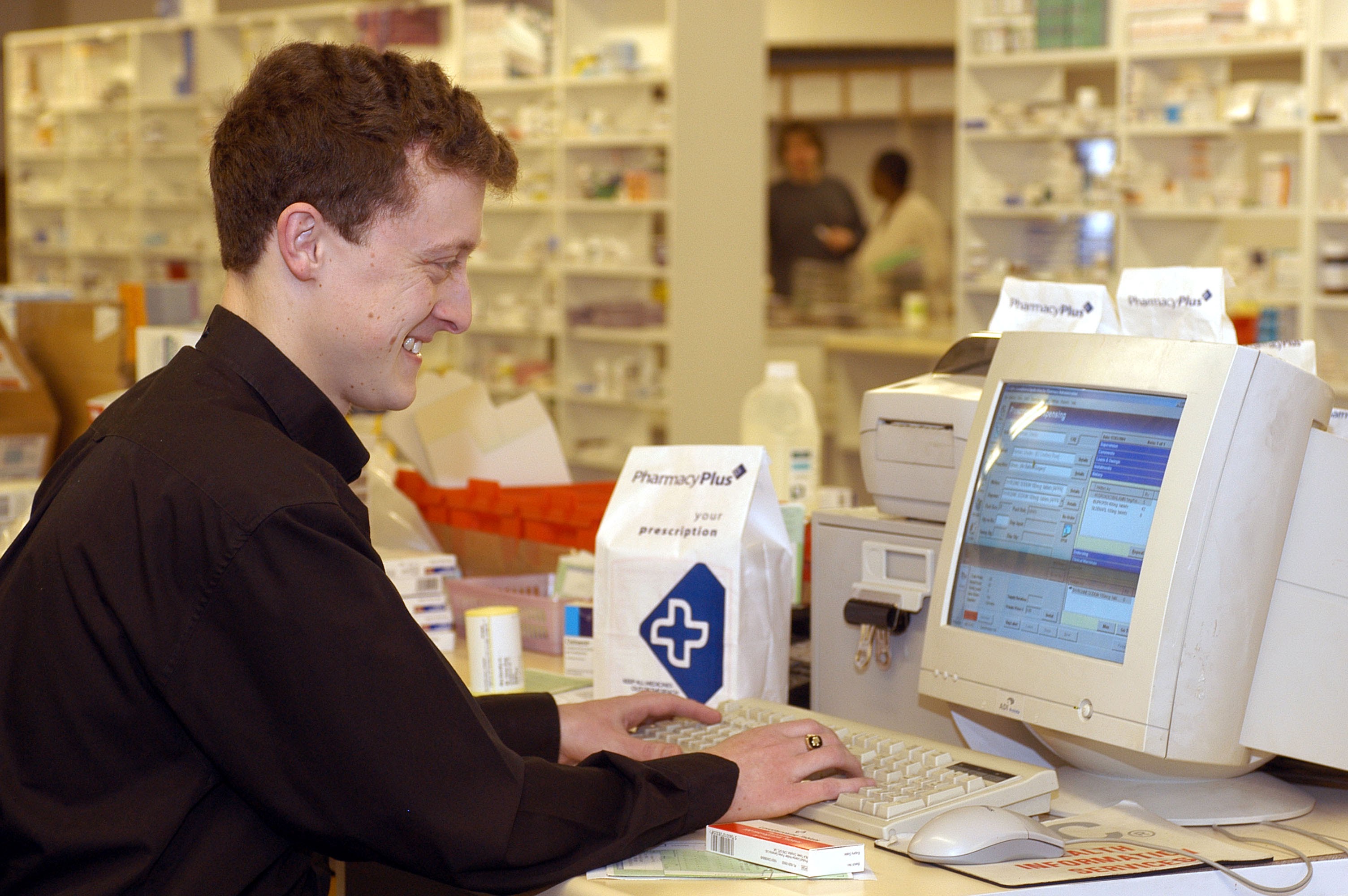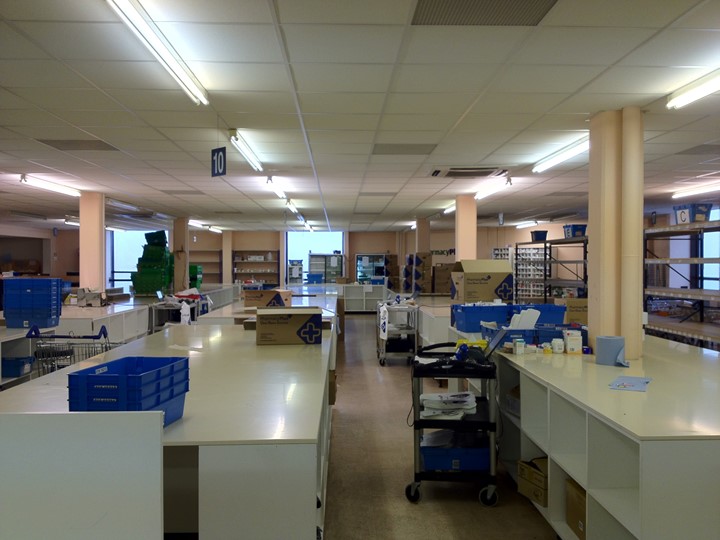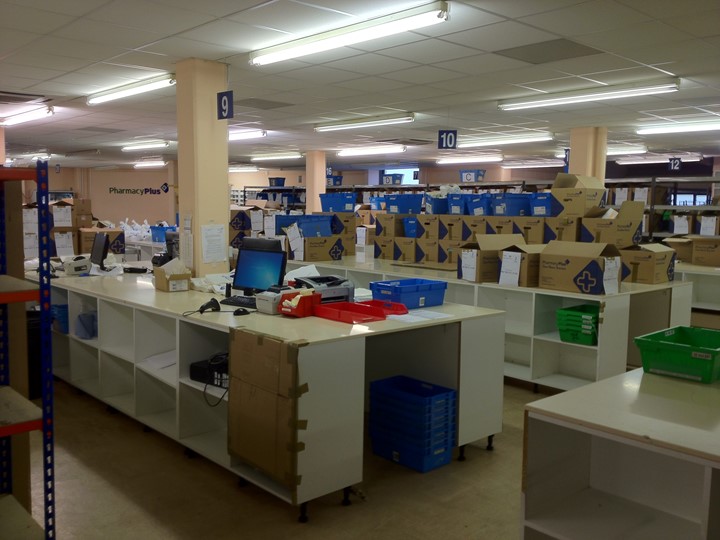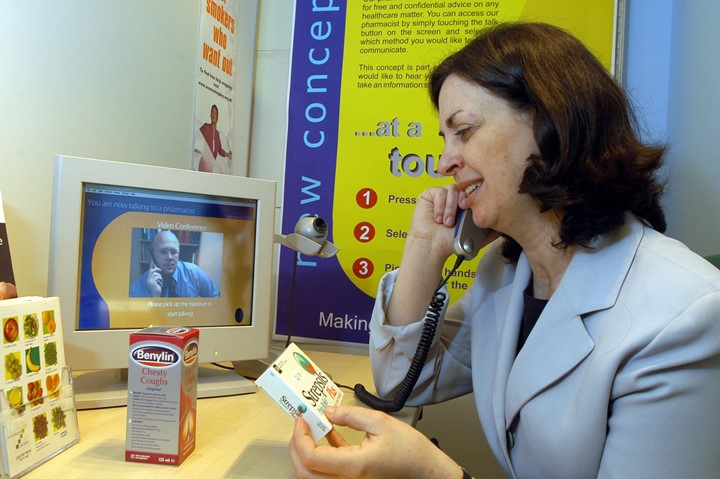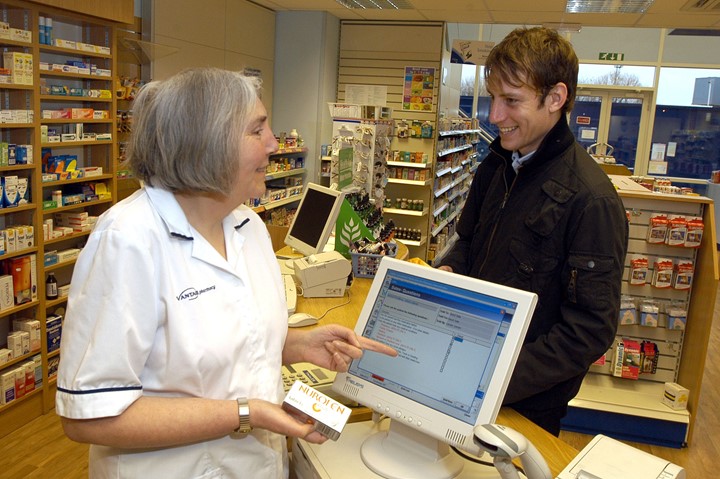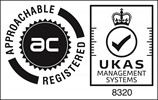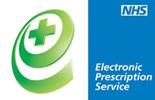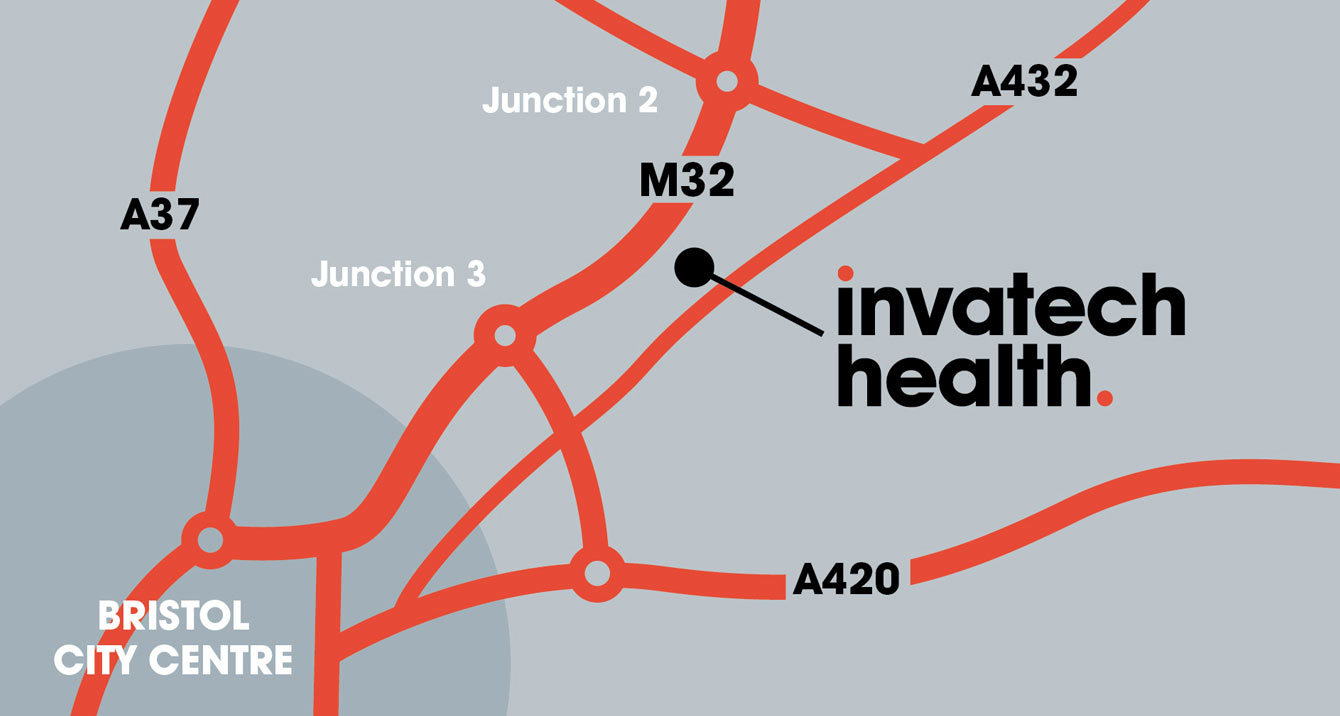How I used technology to create new models of pharmacy
The Titan Story Part 3/6, by Tariq Muhammad, CEO
As Pharmacy Plus grew, so did the number of care homes we served. None of the pharmacies did any large-scale dispensing for care homes, but each store served a few and the volume soon made up 15% of our business. Unfortunately, this 15% of business generated 85% of my headaches. Head Office would often get calls from care homes threatening to leave because X pharmacist in Y Branch has caused Z issue (where Z equalled everything from being rude, dispensing wrong drugs, late or failed deliveries, missing prescriptions etc). Each time, X, Y and Z varied but I think I experienced every permutation possible. And, when the care homes stopped complaining for 5 minutes, I would get calls from Pharmacist X in Branch Y threatening to leave because he had had enough of dispensing blister packs and dealing with demanding care homes.
This constant barrage of issues led me to one conclusion – the community pharmacy operating model is not fit for purpose when providing services to complex care settings. Sure, a community pharmacy can get by serving walk-in patients, but the lack of strict workflow and processes made them fall apart when dealing with care homes which were in fact more like mini hospitals. I saw this as an opportunity - if we could create effective workflow and processes for care homes, then this could create new models of pharmacy service
New model & Technology
The year was 2000 and having successfully deployed a few home-made software applications into the business, I set to work on a new model of supply for care homes under my direct supervision and underpinned by our own IT. I knew exactly how I wanted the care home process to work and so wrote a software application to do this. It included managing cycles, prescription orders, therapy changes and the concepts became part of our CAPA system giving us a complete care home operating system. The process evolved, delivered efficiencies and customer satisfaction. So much so, that by the end of 2001, we centralised all care home dispensing and relieved the branches of their inefficient processes. Happy homes, happy pharmacists!
- Necessity is the mother of invention
By 2004, the care home dispensary was soon processing some 30,000 prescription items per month and despite the slick operation, growing pains soon kicked in. Although I had managed to solve X and Y, we continued to be challenged by Z issues. Fortunately, as we were in control of our IT, it meant that we could try solving Z in an innovative way. And innovate we did. - Barcode Safety - With dispensing volumes going up, dispensing errors were inevitable given the only thing stopping them was the vigilance of half decent member of staff. This was unsustainable, so we came up with the idea of CAPA barcode validating every item before it could be labelled. Each label produced also carried our unique barcode which would be scanned by staff right through to packaging. These barcode innovations reduced our error rate from 1:100 to 1:10,000 and allowed us to track and trace every packet. Many problems solved!
- Paperless - High dispensing volumes also meant loads of paper prescriptions flying around a large dispensary. Not only was it impossible to find a prescription, these green pieces of paper determined our income and losing them was literally like losing money. We came up with the idea of CAPA scanning the prescriptions upon arrival, putting the original into safe custody and working of an image on the screen. This also had the added benefit of recalling the image instantly on demand to answer queries. Many problems solved!
And the rest - And so the innovations continued, and many more problems were solved. Every challenge was dealt through a process of analysis, reflection and a solution in CAPA. Don’t get me wrong, I didn’t enjoy hearing about problems and did my fair share of shouting at staff when they happened, but it was the problems that lead to innovations. Over the next 10 years, CAPA had developed solutions for transport, staff rostering, stock control, customer billing. By 2012, Pharmacy Plus care home services was dispensing 250,000 prescription items per month from a single site, operating entirely on our CAPA system. It was the largest operation of its kind at the time.
CAPA wasn't just about care homes. The innovations we developed for the branches were impressive. in 2004 CAPA became the first system in the UK to successfully develop and test a working model of remote pharmacy supervision model for pharmacy. This prototype was a testimony to the power of technology in creating new models of practice.
Next Up Part 4 - How we used technology to solve care homes challenges

